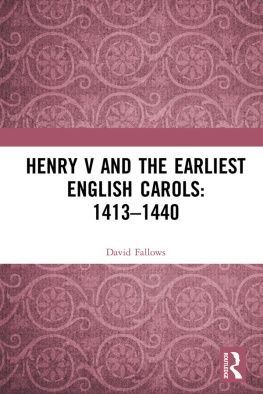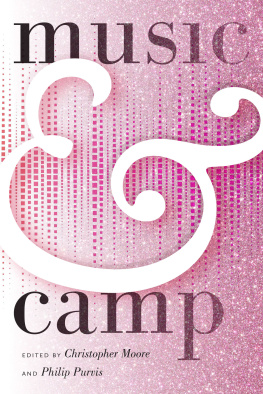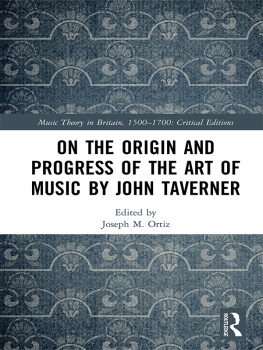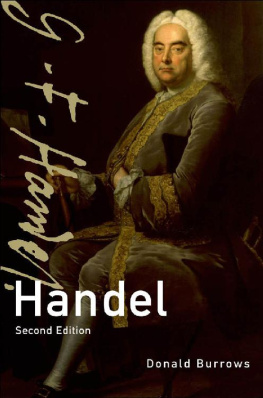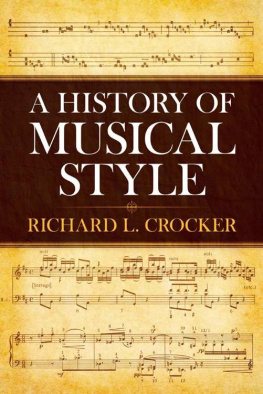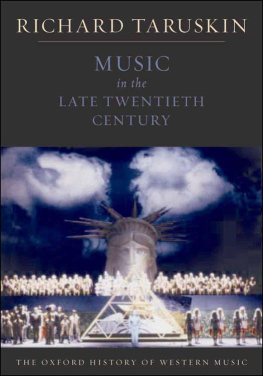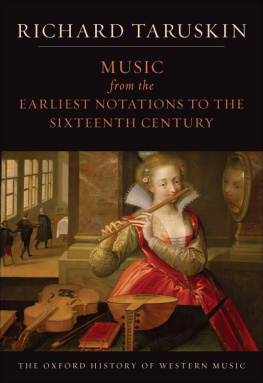Henry V and the Earliest English Carols: 14131440
As a distinctive and attractive musical repertory, the hundred-odd English carols of the fifteenth century have always had a ready audience. But some of the key viewpoints about them date back to the late 1920s, when Richard L. Greene first defined the poetic form; and little has been published about them since the burst of activity around 1950, when a new manuscript was found and when John Stevens published his still definitive edition of all the music, both giving rise to substantial publications by major scholars in both music and literature. This book offers a new survey of the repertory with a firmer focus on the form and its history. Fresh examination of the manuscripts and of the styles of the music they contain leads to new proposals about their dates, origins and purposes. Placing them in the context of the massive growth of scholarly research on other fifteenth-century music over the past fifty years gives rise to several fresh angles on the music.
David Fallows taught at the University of Manchester for thirty-five years until his retirement in 2011. He is author of Dufay (1982), Josquin (2009), several critical editions and many articles about the long fifteenth century from Zachara da Teramo to Henry VIII some of them reissued in two Variorum volumes of his essays published by Ashgate (1996 and 2010).
Henry V and the Earliest English Carols: 14131440
David Fallows

First published 2018
by Routledge
2 Park Square, Milton Park, Abingdon, Oxon OX14 4RN
and by Routledge
711 Third Avenue, New York, NY 10017
Routledge is an imprint of the Taylor & Francis Group, an informa business
2018 David Fallows
The right of David Fallows to be identified as author of this work has been asserted by him in accordance with sections 77 and 78 of the Copyright, Designs and Patents Act 1988.
All rights reserved. No part of this book may be reprinted or reproduced or utilised in any form or by any electronic, mechanical, or other means, now known or hereafter invented, including photocopying and recording, or in any information storage or retrieval system, without permission in writing from the publishers.
Trademark notice: Product or corporate names may be trademarks or registered trademarks, and are used only for identification and explanation without intent to infringe.
British Library Cataloguing-in-Publication Data
A catalogue record for this book is available from the British Library
Library of Congress Cataloging-in-Publication Data
Names: Fallows, David, author.
Title: Henry V and the earliest English carols : 14131440 / David Fallows.
Description: Abingdon, Oxon ; New York, NY : Routledge, 2018. | Includes bibliographical references and index.
Identifiers: LCCN 2018001650 | ISBN 9781472421920 (hardback) | ISBN 9781315610900 (ebook)
Subjects: LCSH: Carols, EnglishEngland15th centuryHistory and criticism. | Henry V, King of England, 13871422KnowledgeMusic.
Classification: LCC ML3652.2 .F35 2018 | DDC 782.280942/0902dc23
LC record available at https://lccn.loc.gov/2018001650
ISBN: 978-1-4724-2192-0 (hbk)
ISBN: 978-1-315-61090-0 (ebk)
Typeset in Times New Roman
by Apex CoVantage, LLC
For Dagmar, who listened, and who helped me to understand Englishness, besides much else
Contents
For a wide variety of erudition, information, encouragement and scattered advice, I am indebted to Jane Alden, Bruce Barker-Benfield, Nicolas Bell, Margaret Bent, Michael Benskin, Danilo Curti, Helen Deeming, Marco Gozzi, Barbara Haggh-Huglo, John C. Hirsh, LeAnn House, David Howlett, Paul A. Laird, Grantley McDonald, Christopher Mehrens, Stefano Mengozzi, Christopher Page, Joshua Rifkin, Ephraim Segerman, Gareth Stainer, John Stevens (of course), Leah Stuttard, Carol Wakefield, Melanie Wald-Fuhrmann, Andrew Wathey and Peter Wright. It was Laura Macy, then the commissioning editor for Ashgate music books, who first suggested that my original plan for an article (about the date of Ritson) should really be a book. Three dear friends paid me the immense privilege of reading the entire typescript and making suggestions that have greatly improved the book: Margaret Bent, Fabrice Fitch and my wife, Dagmar Hoffmann-Axthelm. But in particular I cannot forget my first attempts to sing quantities of this music with Tony Barnes in 1964: thank you, Tony, for helping to change my life.
Chorlton-cum-Hardy and Basel, 2017
1Modern editions
EEC
The early English carols, ed. Richard Leighton Greene (Oxford: At the Clarendon Press, 1935; revised and expanded edition 1977)
MC
Medival carols, ed. John Stevens = Musica Britannica 4 (London: Stainer and Bell, 1952; revised edition 1958; further revised edition, prepared by David Fallows, 2018)
2Musical manuscripts
Trinity
Cambridge, Trinity College, MS O. 3. 58: the Trinity carol roll; music ed. in MC, nos. 214; all first published in Fuller Maitland [1891]. Online scans at: https://diamm.ac.uk
Selden
Oxford, Bodleian Library, MS Arch. Selden B. 26, fols. 333; carol music ed. in MC, nos. 1542 plus 11A 13A and 15A, most of the remainder ed. in Hughes 1967; all published in facsimiles and transcribed in Stainer 1901. Online scans at: http://image.ox.ac.uk
Egerton
London, British Library, Egerton MS 3307; carol music ed. in MC, nos. 4475 and 15A; remainder ed. in McPeek 1963 and (mostly) in Hughes 1967. Online scans at: https://diamm.ac.uk
Ritson
Joseph Ritsons manuscript: London, British Library, Add. MS 5665; carol music ed. in MC, no. 76119; remainder ed. in Lane and Sandon 2001. Online scans at: https://diamm.ac.uk
3Text manuscripts
Audelay
The poetry collection of the chantry priest John Audelay, c. 1426, Oxford, Bodleian Library, MS Douce 302; modern editions in Whiting 1931 and Fein 2009.
Sloane
London, British Library, Sloane MS 2593; modern editions in Wright 1856 and Palti 2008.
OxEng
Oxford, Bodleian Library, Eng. poet. e. 1; modern editions in Wright 1847 and Palti 2008.
Hill
Richard Hills commonplace book, early sixteenth century: Oxford, Balliol College, MS 354; modern edition in Dyboski 1908. Online scans at: http://image.ox.ac.uk
Ryman
The poetry collection of the Canterbury friar James Ryman, dated 1492: Cambridge, University Library, MS Ee. 1. 12; modern edition in Zupitza 1892, with commentary in Zupitza 18947.
Note on musical examples
These are in quartered note-values and mostly reduced to a single stave with a view to showing as much music as possible within as little space as possible. As a result, they are in no sense Urtext: particularly in the matter of whether accidentals are editorial or present in the manuscripts, the examples are not to be trusted. Similarly, notes, words and text-underlay are adjusted without comment.
Note on text citations
These are in the nearest possible modern English equivalent, generally following the orthography John Stevens used in MC. That was not an easy decision: it is absolutely not common practice for Middle English texts (though it is perfectly standard for Shakespeare). But there was no uniformity of English orthography in the fifteenth century, and the particular orthography of any one source (determined less by what the copyists had in front of them than by where they had learned to spell) tells us nothing useful about the pronunciation of the texts. Besides, the original orthography of all carol texts is available in

